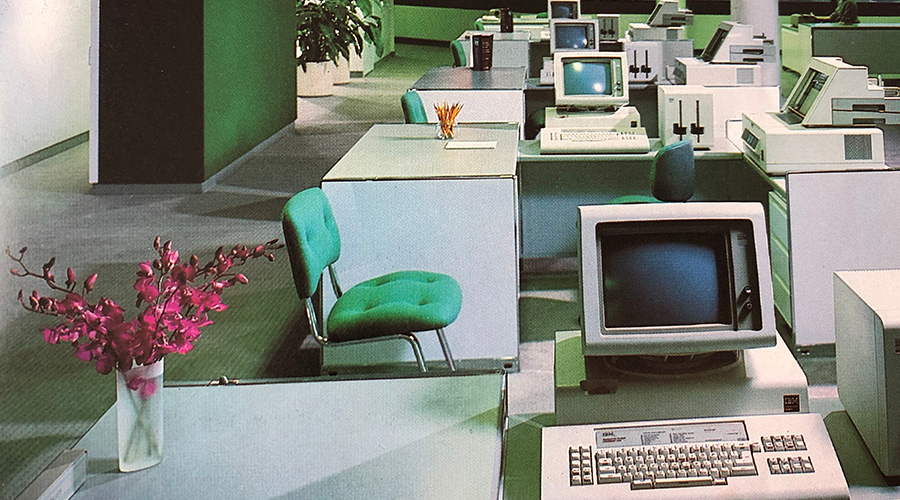How COVID-19 Changed Facilities Management Forever
The pandemic helped facility managers demonstrate their central role in occupant health and organizational success.
The COVID-19 pandemic changed many things for institutional and commercial facilities, from the design and layout of entrances and workspaces to ventilation practices and HVAC system settings. One important change, however, has been largely overlooked: the image of facility managers.
For decades, managers had overseen the operations of their facilities out of sight and out of mind for most building occupants. Suddenly in spring 2020, the pandemic erupted, and managers were thrust front and center to answer questions from both building owners and concerned occupants about everything from air exchange rates and MERV ratings to surface decontamination and physical distancing.
Their performance started a reassessment of their profession.
“They were the ones who were left behind in a lot of these buildings,” says Laurie Gilmer, president and chief operating officer of FEA, which provides asset management, strategic planning and financial analysis services to facilities. “It was left to the facility manager to figure it out, and FMs really stepped up. We've long talked in the facilities community about the FMs having a seat at the table, and sometimes there’s this hand wringing about, ‘How come they don't respect us?’
“It’s the idea that if they only knew, if they understood, they would respect us more. What earns you respect is your competence and your value. That earns you respect.”
Ch-ch-ch-ch-changes
Traditionally, occupants have only given facility managers and their department a second thought when something goes wrong. In the spring of 2020, the world went very wrong.
“Those who operate and manage buildings were thrust into the spotlight during COVID as being essential workers who cared for and managed these facilities,” Gilmer says. “For the most part, we didn't think about the people who operate in our buildings. They're the people we call when there's a problem.
“Now, facility managers are much more front and center at the table and seen as being part of the strategy to provide good environments in our facilities.”
Building owners and occupants quickly rethought their image of facility managers, in part because they saw the role managers can play in building safety and health, as well as the technology that many managers have at their disposal.
"With the prevalence of smart buildings, sensors, BMS, being able to command and control a lot of things within the space, the role of the facilities manager is really being elevated out of somebody who's focused on maintaining pipes and ducts and controlling the manual sequence of operations to somebody who can play that role in a different way,” says Nikki Hammer, P.E., vice president of market and innovation advisory services with WPS, an engineering, environment and professional services firm. “And maybe that garners that facilities person a greater seat at the table within their organization to be an agent for change.”
Over the last three years, owners, occupants and the general public have seen facility managers in a new light and, more often, in a new role.
“I feel like we're on the cusp of flipping over to elevating that role,” says Benjamin Weerts, associate mechanical engineer with WSP. “As people are coming out of the pandemic and being more aware of, 'Have my filters in my building been changed?’ There's more scrutiny, and in some cases when they're not changed or things breakdown, people are more aware. As this discussion continues in our society, facilities management teams will adapt, as they should, to be able to respond to all of these new, additional goals being placed on them.
The evolving role of facility managers also affects they way they interact with other players in facilities, including project designers.
“As a designer, it's good to work on the types of projects where we're providing solutions that give them the additional technology tools to address their specific needs,” Weerts says. “That's a balance because additional sensors and smart gear can quickly be overwhelming and sometimes overly engineered. It's about tailoring the right solution so those facilities management teams can get the best advantage out of what they're trying to do.”
Dan Hounsell is senior editor for the facilities market. He has more than 30 years of experience writing about facilities maintenance, engineering and management.
Related Topics:













